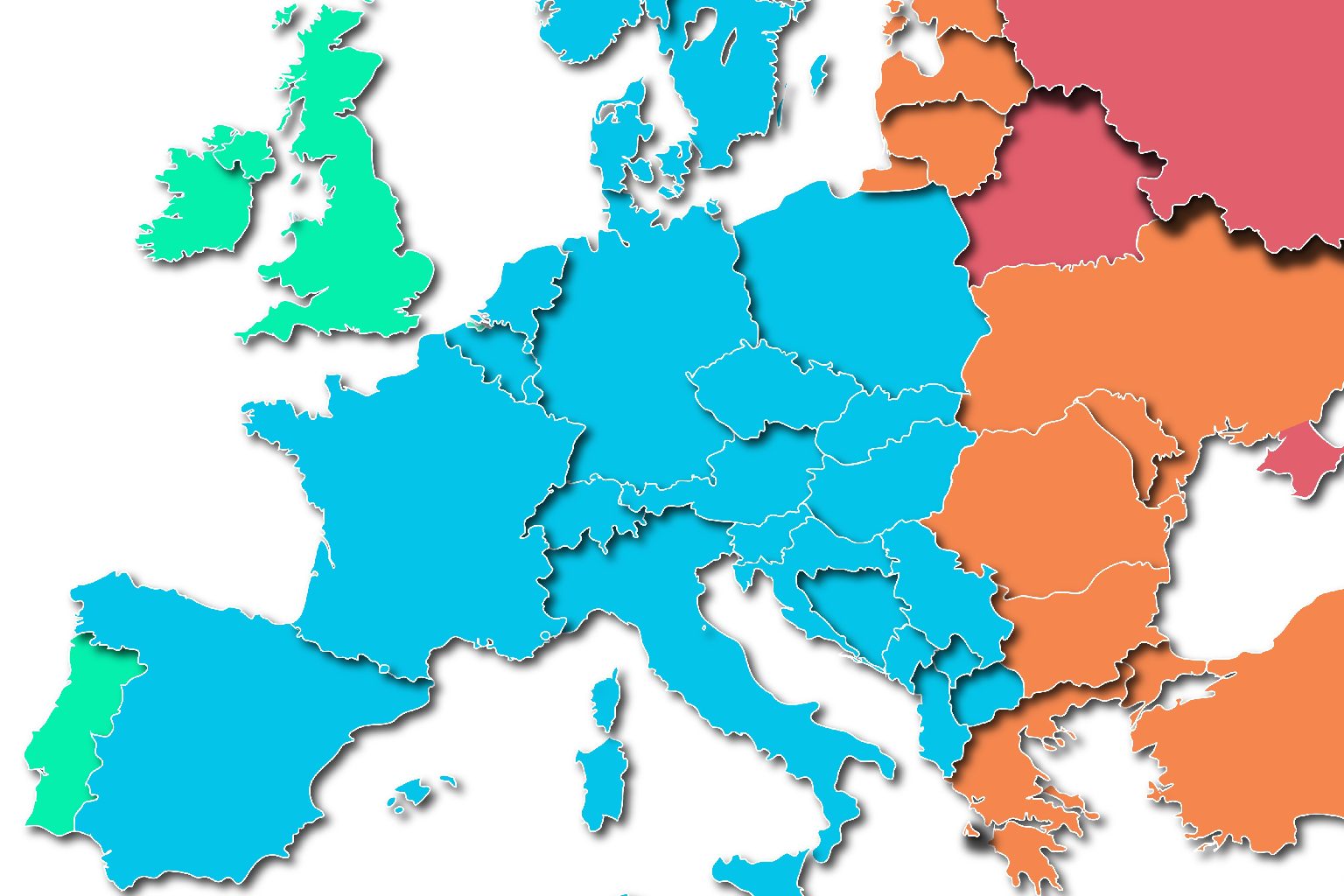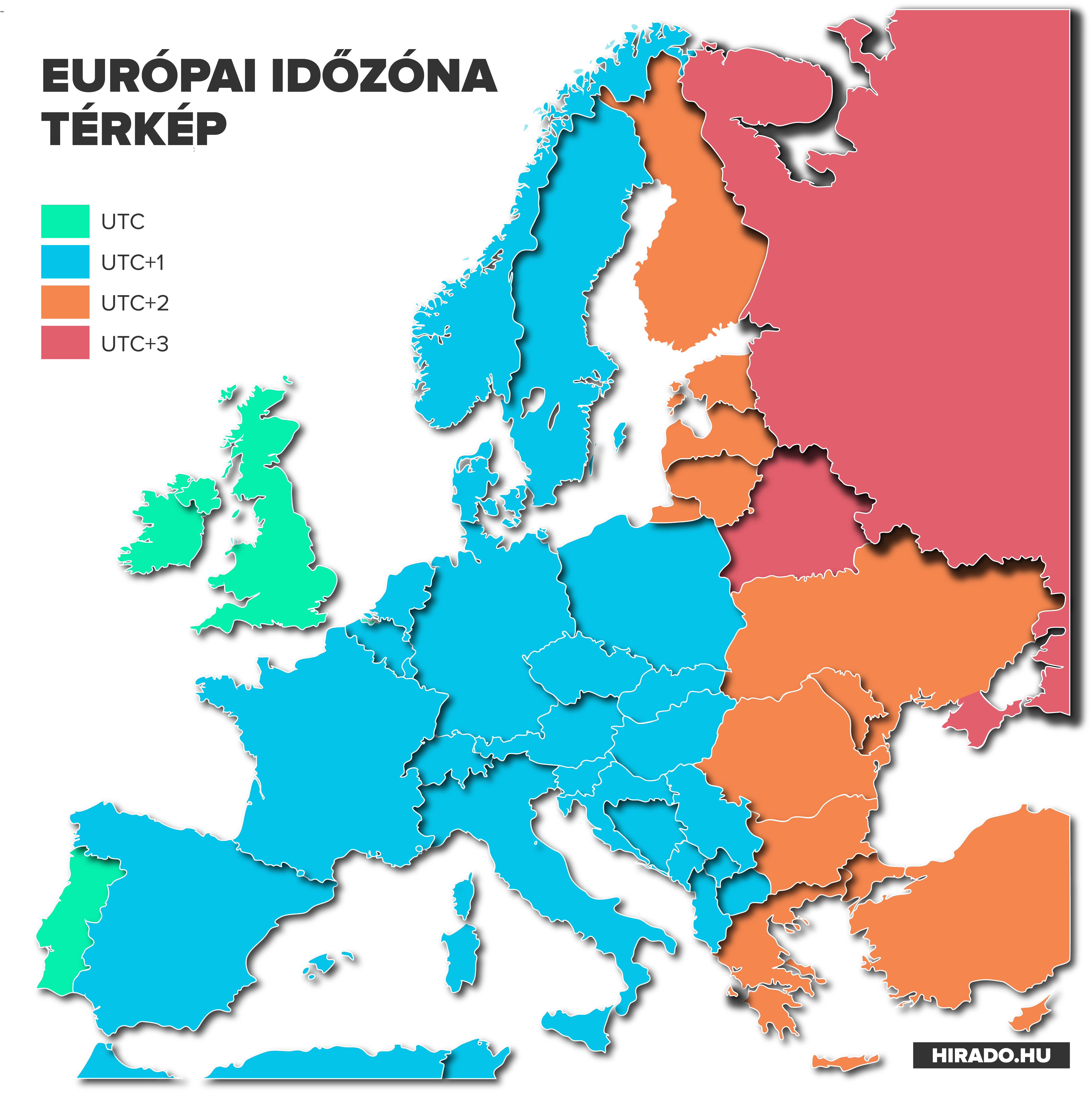We will change the hours to three o’clock on Sunday morning at two o’clock in the afternoon. Although the European Union has previously decided to cancel the clock change, there is still no agreement on what will happen after the solution we are using now. There is no black or white solution, they all have advantages and disadvantages, and moreover, they are not the same in all geographies. So it will be difficult to find a good solution for everyone from Spain to Hungary.
The goal of introducing daylight saving time was to make the performance of the community more in tune with the march of the sun. Since 1980, for the past 40 years, we’ve gotten used to having to set clocks every year in the spring and fall.
In response to the 2018 survey, the European Commission responded quickly, Back in 2019, I made the decision to cancel the clock change. This decision was also confirmed by the European Parliament on March 26, 2019, by which they decided to abolish the practice of changing the clock twice a year from 2021. However, the process has slowed down due to Brexit, difficulties in budget negotiations and the Coronavirus epidemic, and has yet to be reached. To a common position yet.
There are several arguments in favor of abolishing or leaving it alone. These are us We summarized it in detail in a previous article. The Hungarian Mavir Electric Transmission System Company Ltd., for example Friday Confirmed that
Relatively significant savings can still be made by changing the watch.
At the same time, the Hungarian Sleep Association The day before his announcement Point of drawing attention to the disadvantages of changing the clock when writing about the proliferation of accidents and cardiovascular deaths. However, this debate has practically become secondary to the European Union’s decision to cancel it.
The real question is which time zone each country will choose: they’ll keep the current daylight saving time or the current winter time.
However, it would be very difficult to decide on this issue uniformly in the countries of Europe. If we take a closer look at the map of European time zones, it becomes clear why.
Click here to open the image
UTC, or the traditional Coordinated Universal Time, corresponds to Greenwich Mean Time near London, which is traditionally the zero meridian of the Earth. Since the planet can be divided into 24 time zones, it is easy to calculate that each time zone would theoretically have an area covering 15 degrees of longitude. Thus, if the formation of time zones was not affected by historical processes and national borders, UTC longitude would be 7.5 ° W (roughly from the Spanish-Portuguese border) and longitude 7.5 ° E (roughly French-Italian). the border). UTC + 1, that is, the Central European time zone, ranges from 7.5 ° E to 22.5 ° E longitude (Hungary has the easternmost point at this longitude).
However, due to historical processes, this is far from reality. Nowadays, Central European Time is used uniformly from Spain to Hungary. This is one hour ahead of Coordinated Universal Time (UTC), so UTC + 1 is your designation.
However, one time leads to extreme positions in such a vast region. For example, while the sun rises at 5:21 in Nyíregyháza in eastern Hungary today, in Vigo in western Spain it is only 7:25. The difference between sunrise is more than two hours. And therefore
Between the eastern and western boundaries of the time zone there is a very large difference between the time of day determined by longitude and the official time of the region.
This, of course, affects countless areas of life, in Spain, the timing of the region is speeded up so that, for example, school and work hours start later than usual, which means that the hours of the Spaniards appear more when they start their business in the morning.
So it is clear why it will be difficult to arrive at a common European position on the time zones to be chosen. Due to geographical peculiarities, not all countries have the same preferred option. For example, if the summer time desired by many in Hungary will remain uniformly in place of the Central European time zone, then this means that the sun will rise after 10 am in the winter season in western Spain. It is easy to think of why the Spaniards did not want this. And with us, when it is winter time, it will be very early in the summer
Sunlight received between 3am and 4am wouldn’t be a very good deal from 7-8pm.
On the other hand, if not everyone decides uniformly within the current Central European time zone, where do we draw the line? Should we really choose daylight saving time and the Austrians already in winter? The resulting problems and economic defects will be significant. On the other hand, if the dividing line is not at the Austro-Hungarian border, then where? As we move west, the Austro-German, German, French and Spanish borders will cause the same problems if both sides of the borders are placed in different time zones.
Therefore, it will be very difficult to reach a unified European position on this issue. Until this is done, the watch will keep changing twice a year.














































